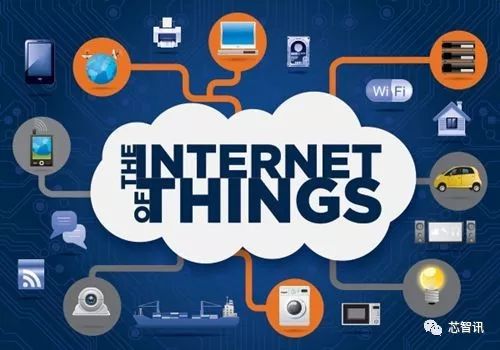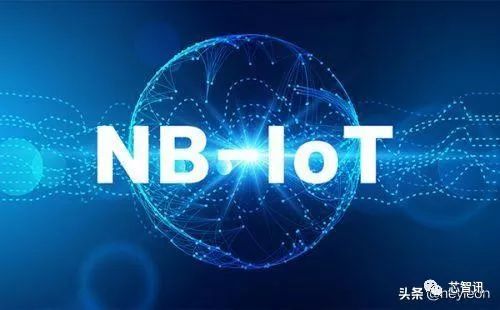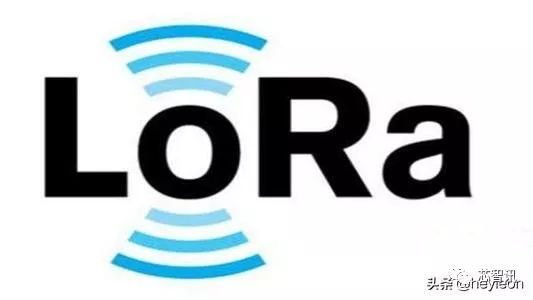
Recently, I was fortunate to have a friend help me connect with a renowned electronic product OEM giant in Shenzhen to discuss our solutions. The discussion was with the head of a subsidiary of this company, which handles its global supply chain logistics and also provides B2B logistics services to other factories. Industry insiders may have guessed the name of this company.
As a leading company in the industry, they continuously try various new technologies to enhance their competitiveness. In the field of IoT, they have experimented with two mainstream LPWAN standards: NB-IoT and LoRa, and have also tried short-range technologies like BLE and Zigbee. The short-range standards are not worth mentioning; their capacity is limited and coverage distance is very restricted. Although they can meet some requirements of single-unit scenarios (like managing a single vehicle), it is a compromise that does not yield a good ROI (return on investment), so they have not been widely promoted. Their main focus is on warehousing inventory, asset management, and logistics transportation, thus they require low power consumption, high capacity, and wide coverage LPWAN technologies. They conducted tests and experiments, which turned out to be very disappointing. While this was somewhat expected, it is still worth documenting for reference in technical decision-making.

NB-IoT Practice
They set up a private NB-IoT network, including NB-IoT base stations, but found significant issues during testing. Their requirement was for the network to respond in real-time or near real-time, necessitating continuous bidirectional communication. Therefore, eDRX or PSW modes were not suitable, and the test results showed that the power consumption was almost the same as that of a 2G network. Then there was the capacity issue; a single base station became congested with 200 connected terminals, leading to long response times. Their conclusion was that the marketing of NB-IoT is misleading, as its so-called low power consumption and high capacity cannot be realized in real-time bidirectional communication scenarios.
After the experiment, they felt deceived, believing that the marketing of NB-IoT has significant problems and should clearly indicate the prerequisites for certain valued features; otherwise, it could lead to misguided decisions for most people, wasting time and money.
Clearly, NB-IoT cannot meet their needs at all.

LoRa Practice
They also established a LoRa network with 2000 terminals (endpoints). LoRa has three modes, but Class-A and Class-B are not suitable for bidirectional real-time or near-real-time applications, so only Class-C mode can be used. During the experiment, they also discovered some tricks in vendor marketing, such as ultra-low power consumption, wide coverage, and high capacity, which the LoRa Alliance emphasizes, but under Class-C mode, a single 20,000 mAh rechargeable battery could only last 5 months. Coverage distance and data transmission rate are inversely proportional; the data rate is inherently low, and when the coverage distance is increased using a higher spreading factor, the data transmission volume becomes pitifully small. The response speed is very slow; it took over half an hour to inventory 2000 terminals, indicating that the actual concurrent capacity of the LoRa base station is not large.
Compared to NB-IoT, LoRa does consume less power, but it is still far from ideal. The critical issue is that since LoRa uses an Aloha network model, it cannot be used for real-time or near-real-time bidirectional communication, making it completely unsuitable for warehouse inventory that requires high response speed. However, for asset management scenarios that primarily involve unidirectional communication with occasional bidirectional communication, LoRa can still be used. The problem in China is that the sub-G frequency band supported by LoRa is effectively prohibited for use by the wireless authority.
The final result is that NB-IoT is completely unusable; while LoRa can solve some issues without considering frequency authorization factors, in practical applications, one must also consider policy issues in China. Thus, the client is currently very distressed, as they essentially have no viable solutions.

We had already understood these situations from our early protocol analysis and client interviews. In our view, NB-IoT and LoRa are IoT protocols designed for low-frequency unidirectional communication, which only meets the needs of the initial stages of IoT development, such as metering applications. However, as the demand for intelligent IoT increases, IoT communication protocols and modules must support bidirectional real-time or near-real-time communication modes with ultra-low power consumption, ultra-high capacity, and ultra-fast response times. Currently, this is not achievable with the mainstream LPWAN technologies, and new technologies must emerge.
Source: Toutiao account “Heyleon”
Huawei’s “Counterattack” Behind: They Have Won Against the US Government!
Understanding ADI’s Layout in the Automotive Electronics Field!
The Transformation Path of Mobile ODM Manufacturers!
The Story Behind Huawei’s Near $7.5 Billion Sale to Motorola!
Exclusive Interview with Zhou Chen, VP of Market at Unisoc: Responding to All Questions About the 5G Chip Spring Ivy 510!
Samsung Unfolds the Foldable Phone Fold, Key Suppliers Revealed!
The Surge of OLED Concept Stocks: The Year of Foldable Screen Applications Begins!
For industry communication and cooperation, please add WeChat: icsmart01Official WeChat Group of Chip Intelligence: 221807116